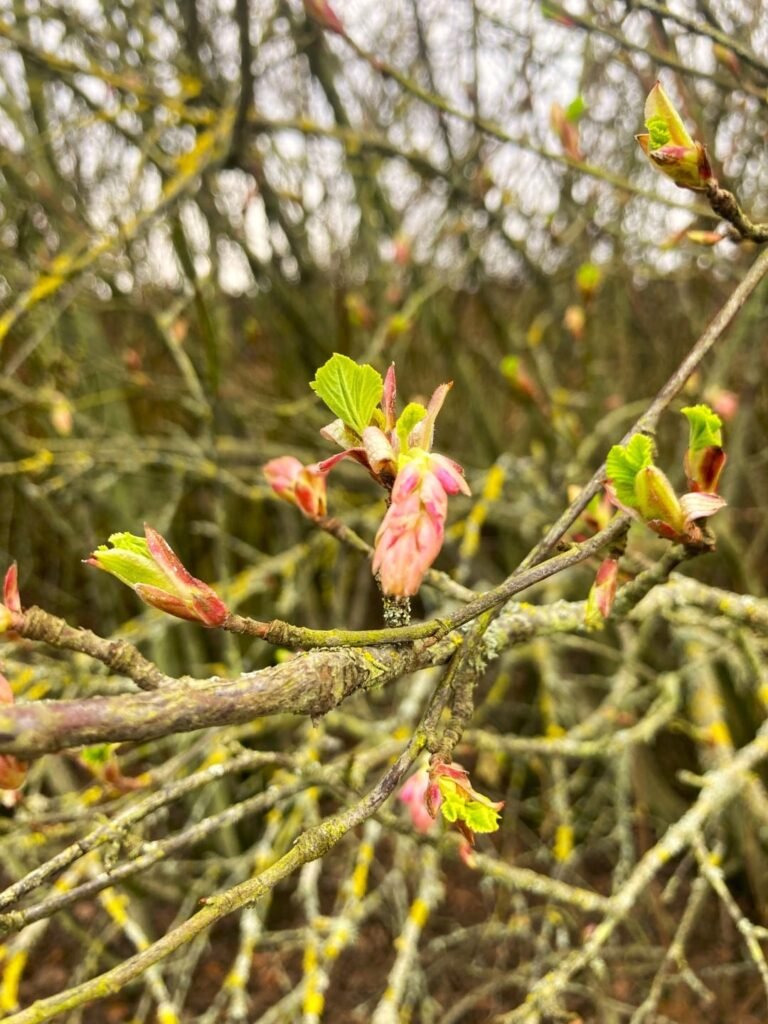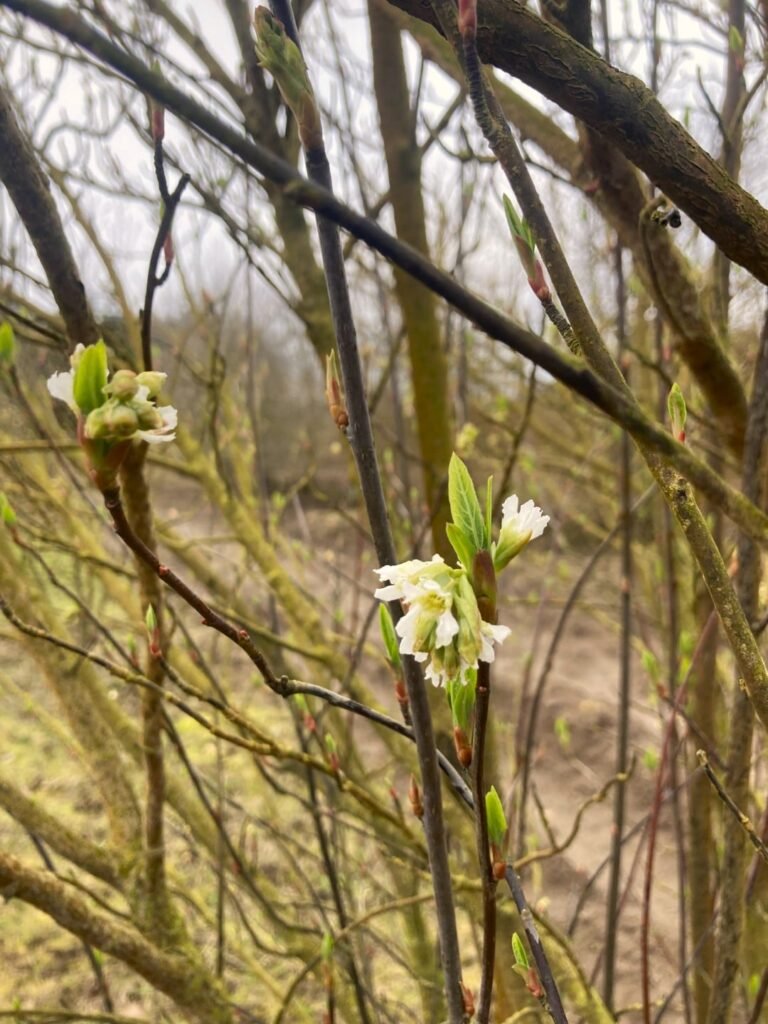PMC Update for February 8, 2024
Here are 5 things that you should know about the PMC for February 8, 2024:
Sales
As noted in previous PMC Updates, PMC Plant Sales are down from last year. As of January 31st, sales stood at $1,453,404 compared to $1,604,511 for the same time last year. Part of that decrease could be attributed to a bump in sales experienced last year due to catching up on planting projects due to the COVID shutdown. There also seems to be a decrease in sales for reforestation species which happens from time to time and can a bane for nurseries growing them. 3 years are required to plan and produce conifer seedlings during which time log prices may decline and / or demand for timber and lumber. The last time that happened was during the Great Recession in 2008 and nurseries producing seedlings on speculation paid the price.
The decline in sales cannot be completely attributed to forestry. It appears that there has also been a decline in demand for other conservation species such as those used in riparian restoration. That is perhaps more perplexing since there has been a lot attention and funding focused on riparian restoration, so much so that the PMC increased its typical annual increase in production for these species. The combination between decreased sales and increased production results in more plants being wasted. That is frustrating and the reason why it is always prudent for a nursery [editor: or any agricultural operation!] to remain cautious of expanding production without ample concrete evidence to do so.
The decline in sales is not due to lack of trying. Jacquie and Lori have been sending out availabilities out to an extensive list of current, past, and potential customers. Jacquie has been working diligently with anyone interested in purchasing plants to work out orders. It is still early February and no doubt more orders will be received, although the rate of new orders typically begin to decline around this time of year.
January Financial Reports
Lori has completed the financial reports for January. The Statement of Financial Position shows that as of January 31st there was a total of $128,639 in checking and savings at Banner Bank. There was also $446,352 at Edward Jones that are held in a money market account and 3 certificates of deposit earmarked for the PMC. That may seem like a lot but the PMC is still in a negative cash period for another month during a time that that approximately $200,000 per month is needed to keep harvest moving forward. The cash flow should become positive sometime in March. There are $202,639 in accounts receivable for plants shipped, all less than 30 days out.
The PMC Income Statement shows that revenue is down for the PMC from that same time last year. Total revenue as of January 31st was $449,051 compared to $605,805 for the same date last year. As always most of that comes from PMC Plant Sales. Part of that decrease is due to decreased sales (see above) and part is from some customers taking plants later than usual. Expenses are up from last year but perhaps not as much as one would expect. Total Expenses for the PMC as of January 31st were $806,849 compared to $783,179 for the same time last year. One of the largest increases was for seeds which was at $68,830 compared to $24,123 last year. Part of that increase is due to a little earlier invoicing this year from a major seed supplier and it is partly due to increased volume and cost. The PMC’s conifer seed supply was getting low and with the decrease in good cone crops in recent years it was decided that we should stock up while there are suitable seeds available. Surprisingly expenses for seasonal labor are down from $177,105 last year to $175,937 despite an increase in minimum wage. That is due in part to less weeding needed last summer.
Harvest Continues
Harvest has been going full speed for two months and will remain so for another month. As of January 31st, a total of 1,164,667 plants have been harvested. That is despite losing a week earlier in the month due to frozen ground. In fact, it is ahead of the same time last year when harvest was at 1,104,490 plants. The harvest crew is an amazing bunch of people, showing up regularly and working hard all day. Our warehouse person Jon Haggen has been working hard to keep up with outgoing orders with the help of Assistant Manager John Knox. Together they have shipped almost ½ million plants so far this season. In addition to helping Jon, John has been doing an outstanding job of supervising the packing shed crew, keeping straight what is being ran and communicating to Crew Supervisor Maria Rivera what to look out for and how to grade each lot that goes down the line. It is a real production.
Equally amazing is how hard the outside lifting crew has been working. They go out into dismal weather every day and pull plants off the lifter and put them into field totes, none of which would be possible without the supervision and dedication of Farm Operations Supervisor Oscar Arias. Harvest is a labor-intensive process. It takes a seasonal crew of 24 and a full-time staff of 6 to pull it off, and above all, it occurs through winter.
Frost Damage
There was a cold snap in late October that damaged Western Red Cedar, Western Hemlock, and Red Alder. These are the typical species that can suffer in an early freeze because they are slow to go dormant in mild weather. The PMC tries to induce dormancy in these and other species in late summer and fall by drought stressing. That works until it rains and it always rains here in the fall. The weather through most of October was in the 50’s with rain which caused some species to resume growth. The skies cleared and the temperatures dropped suddenly on October 27th. That night frost control was initiated which is turning on irrigation. (While this may seem counterintuitive, there is latent heat in the water which provides some protection.) Unfortunately, this sudden cold snap occurred earlier than ever before and the Cedar, Hemlock and Alder were too soft. So far, the damage is limited to the more exposed tips of the plants and in most cases the cambium on the stem remains green. Customers have been notified and given the choice of accepting them or not. Some have opted not to accept their plants which, in turn, adversely impacts sales.
Going forward the PMC needs to look at the risk involved with growing these species in connection with a changing climate. As with most weather events it is hard to conclude that it was a result of climate change but one cannot ignore the possibility. Overall, on a global scale, average temperatures have been rising. A more detailed look at that curve shows a lot of ups and downs regionally. If that continues in the PNW, outside operations such as the PMC will need to adapt. One possible solution is transition to growing Cedar and Hemlock as large plugs in greenhouses which is common. Another common trend for bare root nurseries is reducing or terminating production of Red Alder. These are not easy decisions that should not be taken lightly but in the end the PMC needs to make fiscally responsible decisions about production.
What’s Ahead
The PMC has (hopefully) a bit less than one month of harvest left. Along the way it has almost 1/2 million plants to harvest and over 1 million plants to pull for orders and ship. When the glorious day arrives when the last plant runs down the line in the packing shed there will be unbridled celebration. After the merriment subsides, it will be time for field cleanup and begin preparations for transplanting. Until then it is all about finishing harvest.
I hope this helps. Please let me know if you have any questions. Thanks
Jim Brown, Director of Nursery Operations




